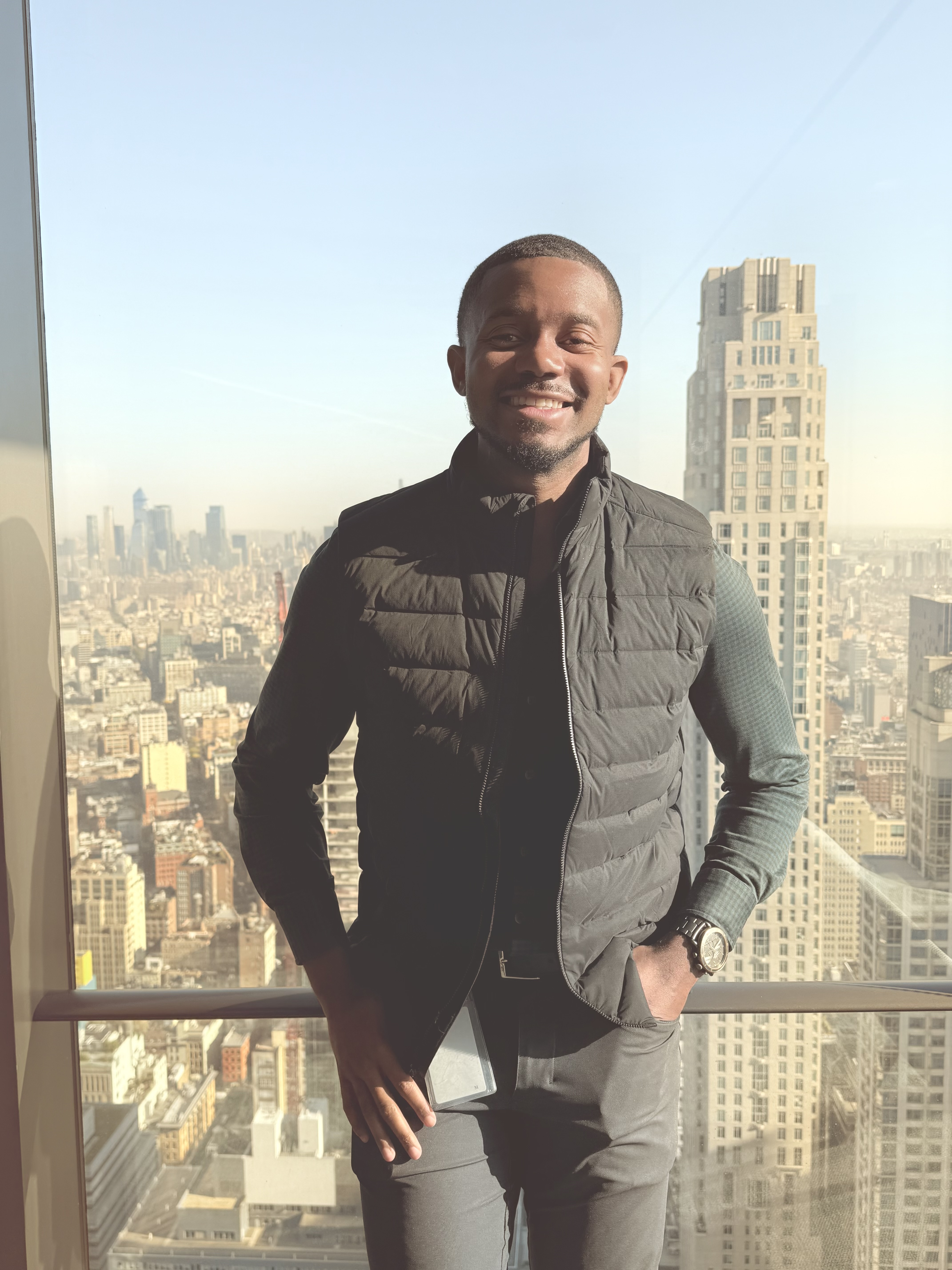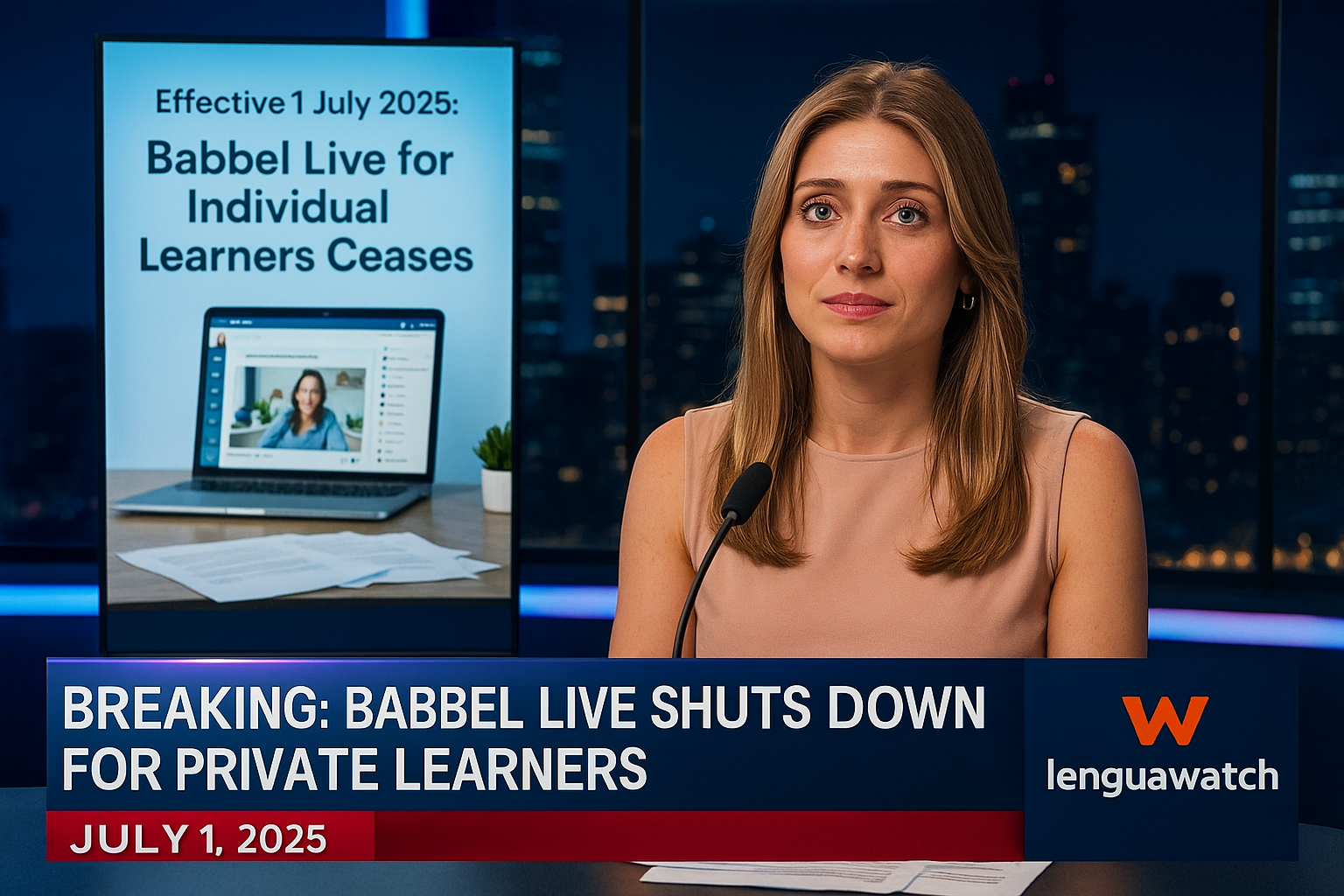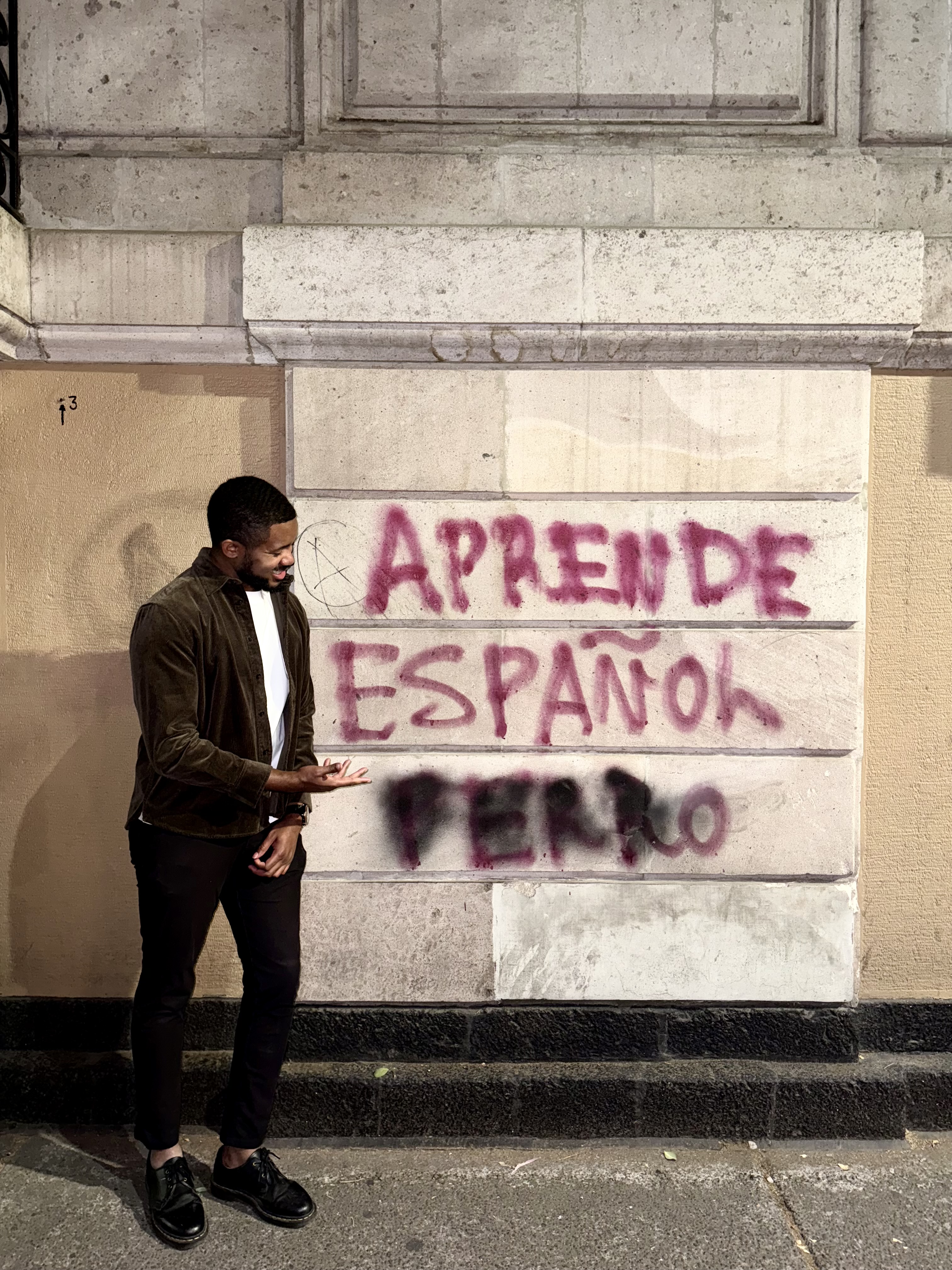Learn here, speak there, immerse anywhere.
The story of Project Fluency
"Analyzing a region and living in it are completely different worlds."

Locked Outside Real Life in 13 Countries
Colombia, then Spain. France, Italy, Germany, Portugal. Different countries, same problem: I couldn't speak to anyone.
Meanwhile, everyone around me spoke 2-3 languages effortlessly—having richer experiences, deeper connections, access to life I couldn't touch.
"Outside my American bubble, being multilingual wasn't special—it was normal."

The Office vs. The Streets
Three years advising on international business strategy at McKinsey. Learned to analyze markets from boardrooms.
But analyzing a region and living in it are completely different. PowerPoints don't capture what it feels like to be locked outside authentic experiences.

What Actually Worked
Babbel Live classes + AI drilling between sessions. Speaking daily actually worked.
Voice AI evolved from robotic to conversational. The tech finally existed to build something real at scale.

Left Without Options
Babbel Live shut down. The only approach that worked was gone.
But it got me thinking: what if I could take my McKinsey skills, my travel experiences, my frustrations as a customer, and emerging AI tech to build it right?

Building While Living It
Moved to Mexico City full-time. Bouncing between CDMX, Bogotá, and Buenos Aires.
Living the problem while building the solution from cafés, markets, and streets where language actually happens.

Where We're Going
Five languages, all built by people living in those cities. Not corporations using AI slop because it's easy.
Authentic learning that prepares you to connect with the world.
"Can't immerse yourself in real life quite yet? Immerse yourself here first."
Because Language Isn't Just Language
Apps teach one version. Real life speaks in dozens. We prepare you for the language you'll actually hear.
Spanish
Latin America & Spain
Accents: Mexican, Argentine, Colombian, Spanish
+ more coming 🇮🇹Italian
Italy
Accents: Roman, Milanese, Neapolitan, Florentine
+ more coming 🇫🇷French
France & Beyond
Accents: Parisian, Québécois, Belgian, Swiss
+ more coming 🇧🇷Portuguese
Brazil & Portugal
Accents: Brazilian, Portuguese
+ more coming 🇺🇸English
USA & UK
Accents: American, British
+ more comingBuilt Differently Because We're Not Chasing Unicorns
Most platforms throw together AI slop because it's easy and that's capitalism. We leverage AI to create authentic learning because we are you—language learners, travelers, bilingual families, international professionals.
AI That Actually Works
Harvard study: 2.1× faster learning than traditional classrooms. Peer-reviewed science proving conversational AI accelerates fluency.
Sustainable Model
Minute-based pricing prevents the devaluation trap. Without VC pressure, we build for users—not investor metrics.
Authentic Characters
Not AI slop—real personalities with regional accents, cultural context, and character memory that remembers your journey.
Want the full research breakdown?
Read the Science Behind ItAI Enables Human Connection—It Doesn't Replace It
We use AI so you're ready for human conversations—not so you never have them. The goal isn't to replace real connection. It's to prepare you for it.
The Learning Journey
Practice with AI Characters
Daily reps, low-stakes. Build confidence with authentic conversations before the real thing.
Connect with Real Teachers & Community Coming Soon
Human connection for cultural depth. Practice with native speakers who understand nuance.
Prepared for Real-World Immersion
Walk into that café, have that conversation, make that connection. You're ready.
The AI Advantage
- 50-person team
- Years of development
- VC pressure to scale
- Solo founder
- Months to launch
- Profitable in months not years
"Not anti-VC. Just showing what's possible now. Solo founders can build sustainable businesses that serve the people—not the money."